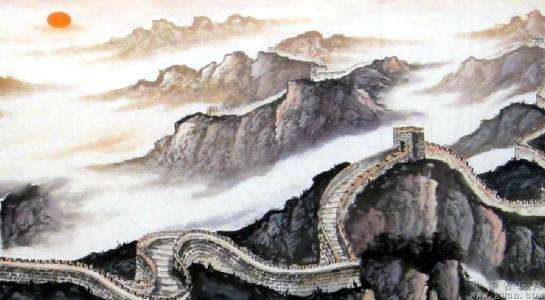Searching the Roots of odes
3 min readThe pre-Qin literature was at the starting point of literary history, set in the pre-Qin China where literature sprouted and began to grow, exerting profound influences on later generations. However, the literature at that time was far from being clear in its concept and independent in its system, thus leading to a chaotic mixture with other artistic forms. To certain extent, the pre-Qin literature was still not the literature in its purest sense. It was usually blended with music and dance, which was typical at the relatively long infanthood of poetry. However, Book of odes(Shi Jing) and the ode of Chu still reached a very high point in their achievement, dwarfing the world like two giant peaks. The simplicity, naturalness, advocacy of reasons in the Book of ode and the extreme beauty and wide imagination in the ode of Chu represented the two different cultural traits of northern and southern China, making both the representatives of two unique literature styles andschools. The Feng-Sao tradition (Feng, or Guofeng from Book of Odes and Sao or Lisaofrom the odes of Chu) set the highest standard for literary creation and criticism for poets of later generations. These great achievements passed on as the treasure of Chinese literature.
Searching the Roots of odes
In primitive societies, human beings were simple and poetic in their spiritual activities. The air was filled with ubiquitous innocence and lyrical melodies. What a land for the sprouts of poetry!
In this period, written characters had not come into being. The interpersonal communication was realized through simple changes in their vocal sounds. The labor, tools and the movement of muscles produced whishes, which, in their high or low tones, helped to coordinate moves and reduce fatigue. They were the earliest form o poetry. Then with the development of their capability in cognition, thinking and language, human beings began to use these whishes to express the content of their production and survival practices. Some words endowed with specific meanings beganto appear in between the whishes. These meaningful substantive words were actually an introduction of meaningless whishes at labor into real life. These words wereboth rich in their primitive flavor and blended with the subjective feelings of humans. Ancient folk songs were the most typical primitive poetry. When our ancestors in primitive society worked in a very simple manner, just to and fro in the movement, thus the ancient folk songs then were mostly duple meters with few lyrics but several characters, which were simple in rhythms and unchanged in rhymes.
These ancient folk songs were then passed on and continuously consummated and came to harmonize the internal human emotions with external actions in a rhythmic manner.

These folk songs finally evolved into a distinctive mixture of poetry, music and dances, which were richer and more practical in their functions by mitigating fatigues from labor, improving productivity, cultivating and enhancing aesthetical awareness and sentiments.
In all, due to the distinct differences in geological conditions, folkways, thinking patterns and languages, the earliest Chinese poetry was not like their European counterparts which were long and magnificent, but short poems consisting of simple rhymed words. These early odes were then repeated and remembered by people resorting to the rhymes and melodies of poems and passed on with high consistency with historical development.








